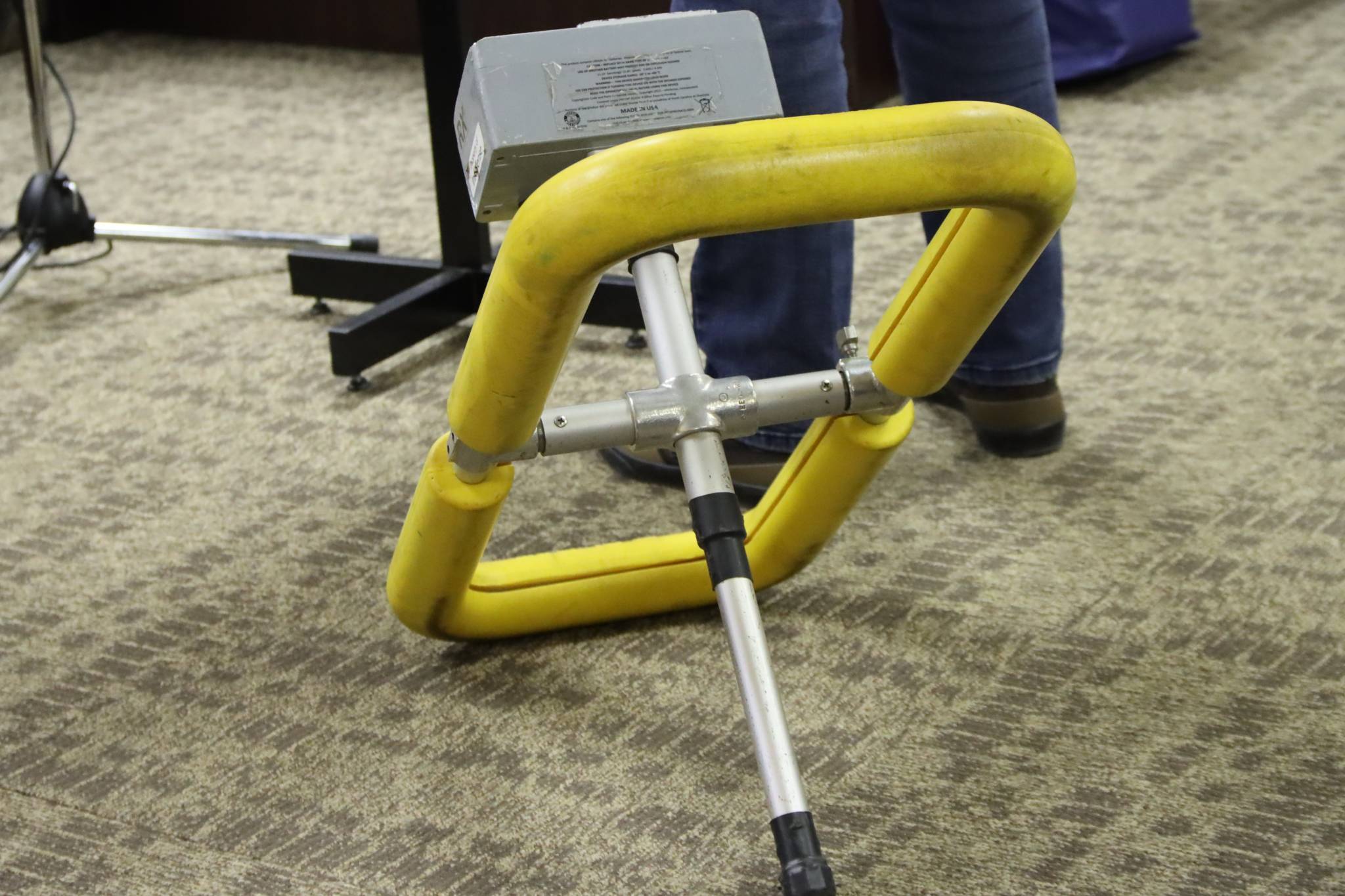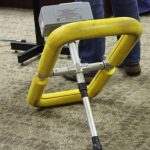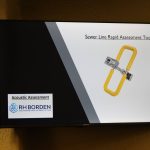Eric Petersen with RH Borden visited the Helper City Council during their inaugural 2025 meeting to give a presentation on the concept of Condition-Based Maintenance using SL-RAT acoustic assessment technology.
Petersen came equipped with a Sewer Line Rapid Assessment Tool (SL-RAT) to accompany him through his presentation. Petersen’s background is architecture and he explained that the SL-RAT, or assessment tool, allows cities to be more proactive in taking care of their sewer system.
Petersen went through the different types of responses to caring for sewer systems, such as the “waiting for the call” approach, also known as the Reaction-Based Approach. Petersen said there are a number of problems with this approach, including hoping everything works when it is needed, actions driven by urgency, events happening at random times such as weekends and holidays, and neighborhoods being polluted.
Another approach is the Time-Based Cleaning protocol, which is when a city simply plans a time to go in and clean all of their pipes. Petersen said that there is not necessarily a need to clean every pipe regardless of condition and that this approach prohibits cities from viewing the entire sewer system each year.
A significant amount of water is also needed to clean lines with the Time-Based approach. With the SL-RAT, acoustic inspection is used. The tool was developed by Ivan Howitt of InfoSense in 2008, was a WEF Technology Innovation Award Winner in 2012 and is recommended by the EPA.
The tool is used by hundreds of utilities worldwide, helping more than 200 cities. The idea behind it is that obstructions in the pipes will dissipate acoustic energy. The tool gives a score from zero to ten, with ten meaning that the sound came through clearly. This is offered as a solution to bolster the information any given city has.
When Helper City Mayor Lenise Peterman informed Petersen that the city already has a GIS system, he assured her that the data can be uploaded into the existing system and would become another layer of information.
When asked about the process and the cost, Petersen said that crews would come to town and work their magic in about two or three days. All in all, the cost for Helper City would accumulate to around $11,000. Though no decision were made in the moment, Petersen left his information with the council as they deliberate.



